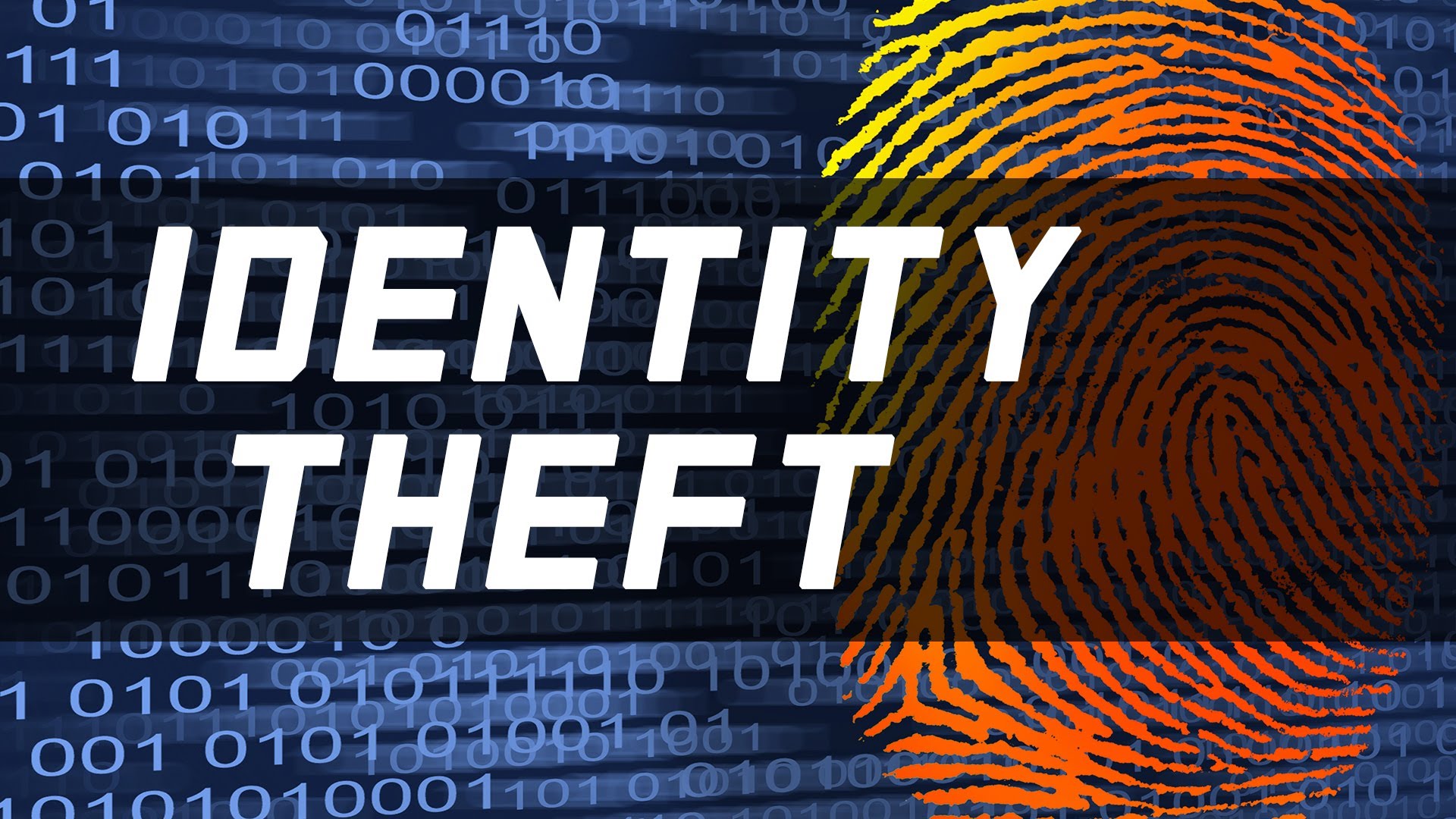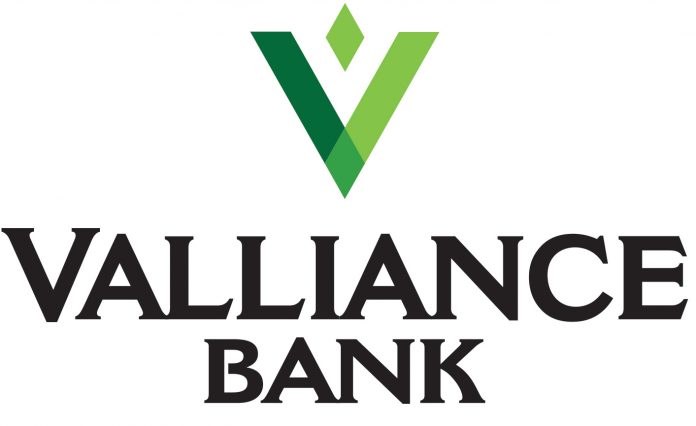
Did you know that Identity theft is an increasing threat to all Americans, including senior citizens? Unfortunately, the numbers of people that are victimized by identity theft continue to increase each year. Older adults are particularly vulnerable and deeply concerned about this threat to their financial assets.
Below is a summary of how Identity Theft happens, the warnings signs to watch out for, how to protect yourself and what to do in the event it happens to you.
How Does Identity Theft Happen?
* Opportunistic – e.g., stolen or lost wallets or purses, misappropriated credit or debit cards, re-approved credit applications that you’ve discarded
* Intentional schemes – e.g., asking for personal information in emails, calls or letters (called phishing), pretending to be you to use your benefits, applying for loans in your name
Warning Signs of Identity Theft
* ATM or bank withdrawals you didn’t make
* Credit card charges you don’t recognize
* Bills from medical offices you haven’t visited
* Mail you’re expecting that doesn’t arrive
* Calls from debt collectors
* Notices from the IRS about unreported income or multiple tax returns
Protect Your Identity
* Don’t share personal or account information on social media or emails
* Shred documents others could steal
* Check your credit reports routinely
* Report any suspicious financial transactions immediately to limit losses
What to Do If Your Identity Is Stolen
* Don’t be embarrassed—act!
* Call your bank and credit card issuers immediately so they can close your accounts
* Put a fraud alert on your credit reports to prevent opening of new accounts
* File reports with police and Federal Trade Commission
* Follow up with the IRS, Social Security Administration, and the Centers for Medicare & Medicaid Service for theft of benefits
* Keep a record of who you contacted and when
For more information, visit aba.com/Seniors














